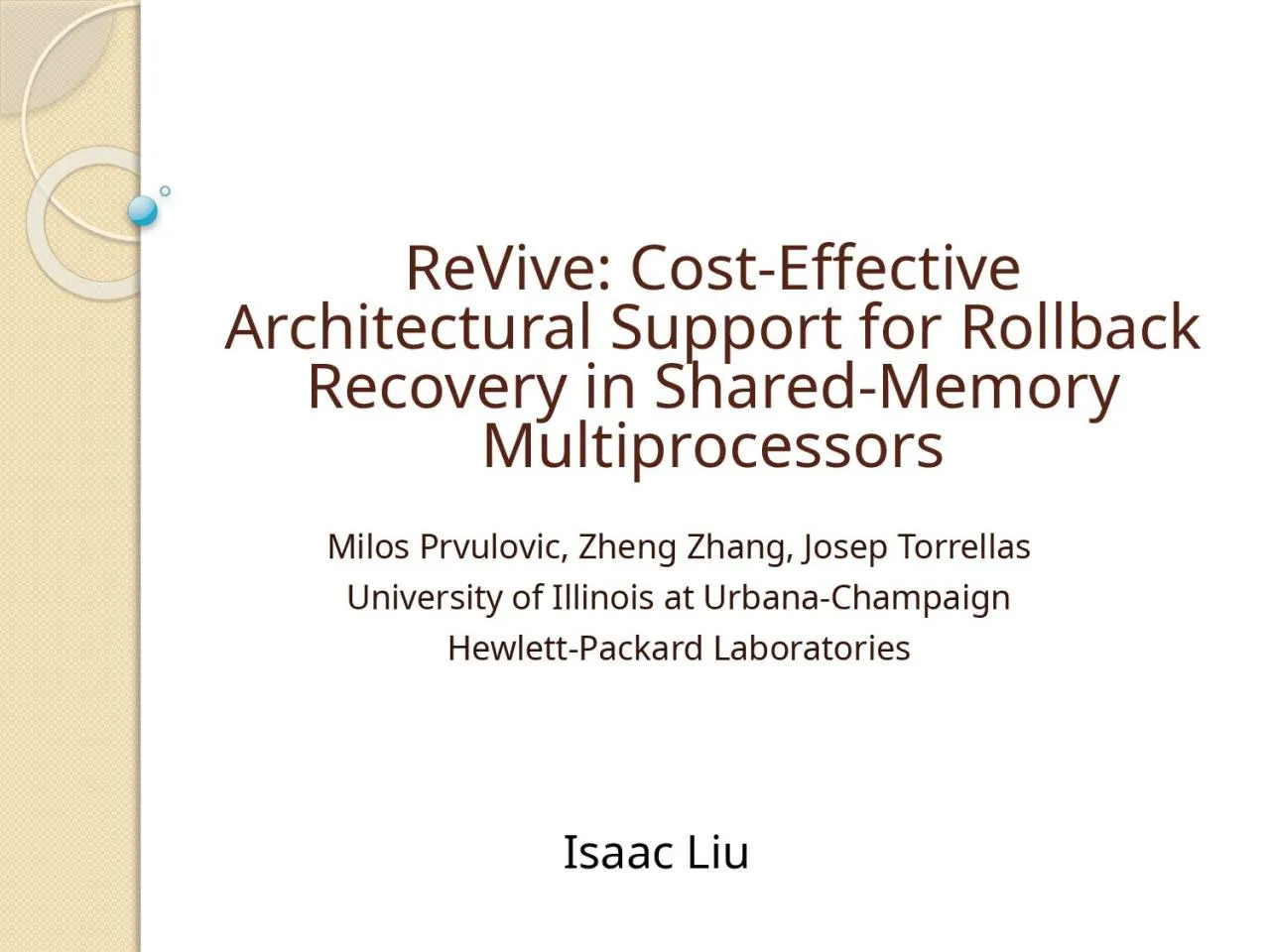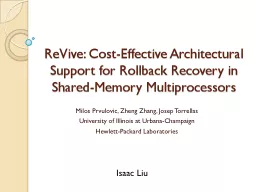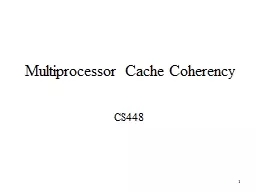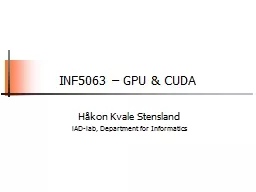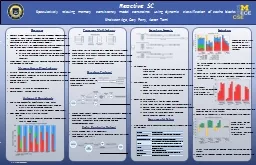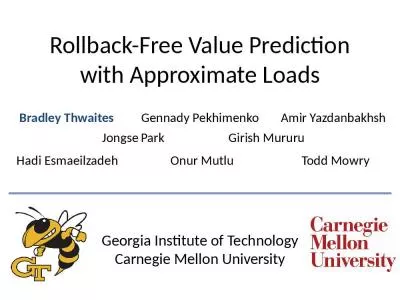PPT-ReVive : Cost-Effective Architectural Support for Rollback Recovery in Shared-Memory Multiprocessor
Author : jalin | Published Date : 2022-06-07
Milos Prvulovic Zheng Zhang Josep Torrellas University of Illinois at UrbanaChampaign HewlettPackard Laboratories Isaac Liu Introduction Targeting large scale
Presentation Embed Code
Download Presentation
Download Presentation The PPT/PDF document "ReVive : Cost-Effective Architectural Su..." is the property of its rightful owner. Permission is granted to download and print the materials on this website for personal, non-commercial use only, and to display it on your personal computer provided you do not modify the materials and that you retain all copyright notices contained in the materials. By downloading content from our website, you accept the terms of this agreement.
ReVive : Cost-Effective Architectural Support for Rollback Recovery in Shared-Memory Multiprocessor: Transcript
Download Rules Of Document
"ReVive : Cost-Effective Architectural Support for Rollback Recovery in Shared-Memory Multiprocessor"The content belongs to its owner. You may download and print it for personal use, without modification, and keep all copyright notices. By downloading, you agree to these terms.
Related Documents

